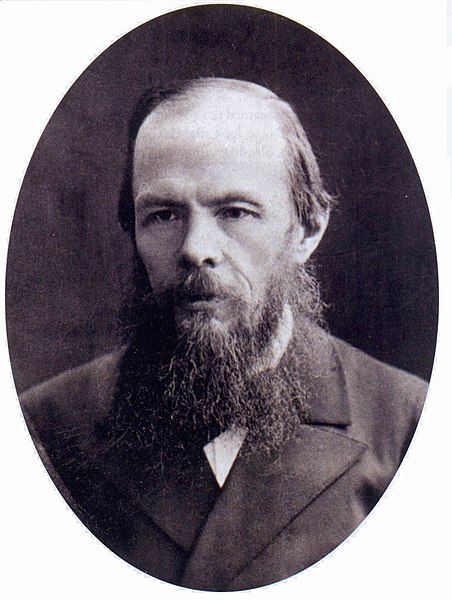It can be done via expression through alternative sensations.
By way of articulation in other media than the one of focus.
It can be done with music, with a collage, with a photograph, with a sketch.
I have seen numerous times when architects, in an attempt to say what their project is going to express -- feel like -- they will present their initial ideas with a board or two of photographs of the site (selecting images that focus on the elements they find relevant and important) and photographs of other sites (that either contain elements they would like to bring to the site, or elements that express a rendering and combination of site elements forging a desired sensation).
It can be done with models, diagrams, paintings, sculpture, words, events...
It could be done with a video, from an Eisenstein "montage" or narrative sequence. (I cite my course "City within a City" as a beginning departure into this... suggesting that architectural principles can be related to cinematic sensation-making.)
It can be done with a poem or with verbose, descriptive musings... as a touch to conflagrate meaning.
Using analogy, metaphor, fable or fiction, prediction or curse. To the highlight of one or many.
It can be done with a sign, such as historical referencing to something else we recognize. It may be integrated into any of the above media or exist as its own media ornament affixed to the media of focus.
All of these may produce their effect directly through an intensity in exposure quick and fast, or subtly through suggestion... leaving unanswered questions later raised by the affected subject.
One may use personal experience as motivation. One may use heresay. Or well-known verse, or historical and contemporary news items.
A method of attack: isolation | contextualization. A yin-yang of sorts?
Isolation: reduction, subtractive, selective, elimination of all other sensations, detailing of focus and pushing others out of focus, Not unlike watching a little girl walk her dog across the street. Portraiture, Crisp. Piece.
Contextualization: extension, additive, indiscriminating, integrative, hybrid merge across sensations. Not unlike comprehending the events of day while lying in bed. Collage. Blur. Pieces.
and to what... to sell a message worth feeling. Clarity of a complex idea.
Like observing an amazing painting, we look for ever and desire nothing less than to keep looking and returning to look. The artist has run threads of conductive material spun from the fibers of the painting and crossing into the observers body like strings of a harp -- taut and capable of carrying the vibrations. And as we look, the vibrations cross from that painting to our skin and into us. The clarity of transfer is firm and stable and we know we have recieved the message... only thing is that we may not immediately understand the message. The vibrations sent across the wires cary a tune vibrating our frequency and making us move. And only maybe, until later, we will make sense of the message -- or maybe even right then and there. The body moves in response quicker than we know to tell it to do so. As is producing a replication of sensation, the transfer of spirit, essense.











